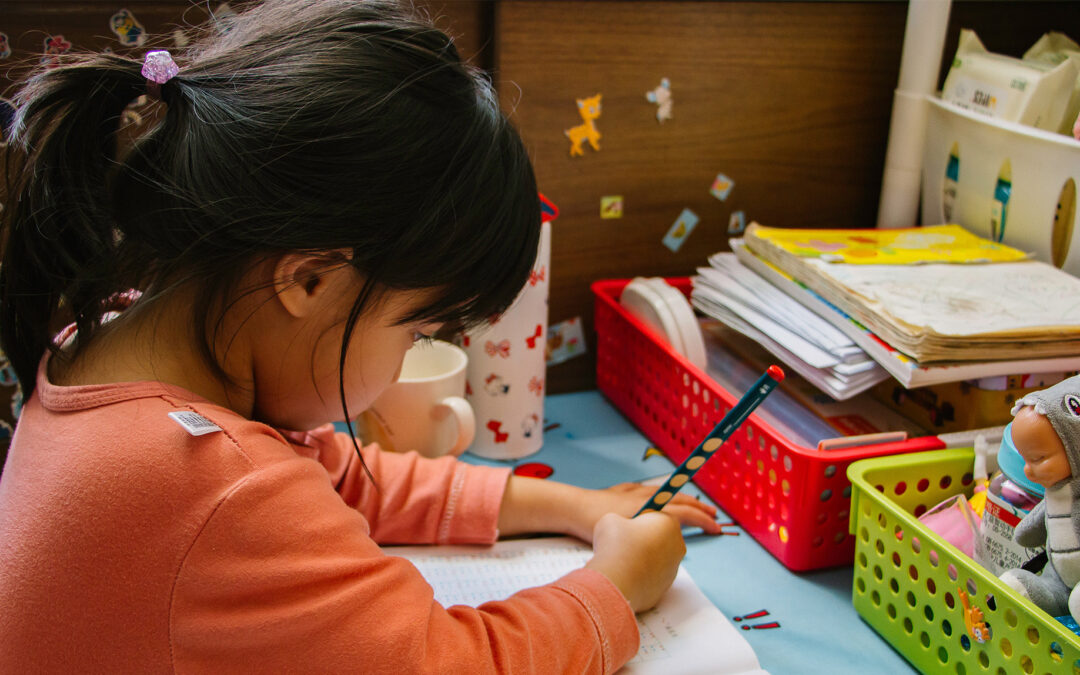As a symbolic therapist, I often work with metaphors to make meaning of our lives. One metaphor I return to often is that of the seasons. Humans are creatures of nature so as nature changes with the seasons, so do we. Life isn’t meant to be lived in a constant “summer” of productivity and brightness. Fall brings change and a need to adapt. Winter invites rest and reflection. Spring offers new beginnings. Each season brings different needs and different energy.
Helping your child understand that life comes in seasons, some busy, some quiet, some full of unknown, can reduce the pressures to be “100%” all the time. More importantly, if your child sees you adjusting your pace based on what the moment requires, they learn that balance is responsive, not rigid.
Practical Ways Parents Can Model Balance
1. Acknowledge the Transitions, Out Loud
Instead of pushing through the change without naming it, talk about what’s shifting. For example:
“We’re entering a busy stretch now that school and sports are starting up. I notice it’s feeling a little hectic—how about you?”
This kind of transparency teaches kids to recognize transition moments in their own lives.
2. Show What Boundaries Look Like for you
Boundaries are not rules, they’re signals to the system about what’s currently sustainable. Let your children see you saying no to something that overextends you. Let them see you choosing rest over overcommitment. You might say, “I was invited to something tonight, but I need a quiet evening. I want to be rested for tomorrow.”
Energy levels fluctuate and our priorities are allowed to evolve.
Consider asking yourself when setting boundaries:
- What’s realistic for me right now, in this season?
- What can I temporarily release to preserve what I value the most in this e?
- How can I talk to my kids about this in a way that encourages flexibility and self-kindness?
3. Don’t Hide Your Struggles
It’s okay if balance doesn’t come easily. In fact, naming that struggle alone, can be beneficial. Be real with yourself: “I took on too much this week, and I’ve been feeling overwhelmed. I’m making some changes next week so things feel better.”
Being openly honest about your feelings and having a willingness to change things up shows that balance is something we continually are working towards— not something that is mastered.
4. Reassess and Adjust as a Family
In family systems work, we look at how routines, roles, and expectations get passed down and repeated. Invite your children into moments of family planning:
“Do our mornings feel too rushed? Should we shift anything to make them calmer, slower, better?”
This collaborative approach allows each member of the family’s voice to be heard while building flexibility and resiliency across the whole system.
5. Protect Time for Connection and Joy
Balance isn’t just about managing responsibilities. When we have more balanced lives, we make room for more Prescence and Connection with one another. Whether it’s a weekly game night or a walk in nature together, creating rituals of connection shows your child that joy is also valued in the home.
Final Thought: Parents as Active Symbols
In symbolic therapy, we view the parent not only as a caretaker but as a living symbol within the family structure. The way you care for yourself, manage stress, and engage with change doesn’t just affect you, it holds symbolic weight in your relationships. Your child looks to you for cues on how to navigate uncertainty, how to value themselves, and how to regulate their energy across changing seasons. Use this season as a time to model something real and sustainable: that balance isn’t perfect, but it is possible when we pay attention, stay honest, and care for ourselves.












